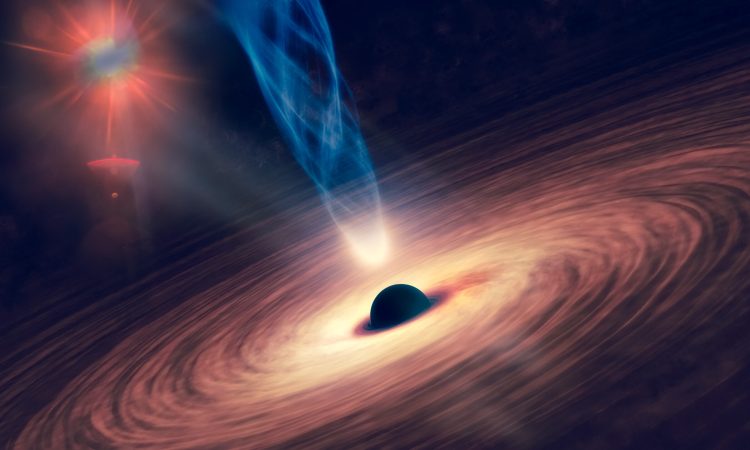
Astronomers exploring the distant Universe with the James Webb Space Telescope, the world’s most powerful space observatory, have discovered a unique class of galaxies.
When analyzing Webb’s first images of the distant regions of the Universe, astronomers noticed a never-before-seen cluster of galaxies. These galaxies – several hundred and called Little Red Dots – are very red and compact.
have puzzled astronomers because they look like different astrophysical objects. They are either massive and heavy galaxies, or galaxies of modest size, each containing a supermassive black hole at its center.
However, one thing is certain. A typical red dot is small, with a radius of only 2% that of the Milky Way galaxy. Some are even smaller.
Astronomers analyze the light our telescopes receive from distant galaxies to assess their physical properties, such as the number of stars they contain. We can use the properties of their light to study the Little Red Points and figure out if they are made up of many stars or if they have a black hole inside them.
Galaxies never seen before
The wavelength of light reaching our telescopes ranges from long radio waves to energetic gamma rays. Astronomers divide light into different frequencies and visualize them using a graph called a spectrum.
Sometimes the spectrum contains emission lines, which are frequency ranges where more intense light emission occurs. In this case, we can use the shape of the spectrum to predict whether the galaxy harbors a supermassive black hole and to estimate its mass.
Similarly, studying the X-ray emission from the galaxy can reveal the presence of a supermassive black hole.
The ultimate masters of disguise, the Little Red Dots appear as different astrophysical objects depending on whether astronomers choose to study them using X-rays, emission lines, or something else.
The information astronomers have so far gathered from the spectra and emission lines has led to two divergent models explaining their nature.
These objects either contain billions of stars or host a supermassive black hole.
The Little Red Dots have puzzled astronomers
In the star hypothesis, the Little Red Dot would contain – as many as 100 billion stars. This is about the same number of stars as in the Milky Way – a much larger galaxy.
Then there is the black hole hypothesis. Most of the points show clear signs of the presence of a supermassive black hole at their center. Astronomers can tell if there is a black hole in the galaxy by observing the large emission lines in their spectra, created by the gas around the black hole spinning at high speed.
Astronomers actually estimate that these black holes are too massive compared to the size of the compact galaxies that host them.
Black holes typically have a mass of about 0.1% of the stellar mass of their host galaxies, he writes.

